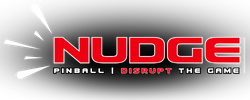Pinball has been around for roughly a century, if you don’t count its ancestors like the bagatelle game. During this period, the machine has changed in form, technology, business model… These evolutions are transcribed in the vocabulary used by amateurs and collectors to distinguish the periods.
Electromechanical, digital, Solid State, Spike 1, WPC… This vocabulary makes it difficult for the newcomer to understand. Let’s take a look at the most common terms, and discuss them in chronological order.
Sommaire
- 1 Pinball machines named by their technology
- 2 Mechanical pinball machines
- 3 Electromechanical pinball machines
- 4 The Solid State pinballs
- 5 Numeric pinball machines
- 6 Alphanumeric pins
- 7 Pinballs with DMD
- 8 LCD pinball machines
- 9 The Virtual Pinballs
- 10 Going into detail: more advanced pinball terms
- 11 You know everything about pinball… Or almost
Pinball machines named by their technology
Pinheads, as we like to call pinball enthusiasts, define successive generations of pinball machines by the technologies they use.
Often, these describe the type of screen inserted into the front panel. This is true for numeric, alphanumeric, DMD and LCD pinball machines. But let’s start from the beginning.
Mechanical pinball machines
In the beginning, there was no electricity. The very first pinball machines were purely mechanical, usually made of wood with a few pieces of metal and glass. Player interaction was limited to the starting impulse given via the ball launcher. Everything else was random.
This is not surprising, because until the late 1990s, pinball was primarily a slot machine. Sure, over time, the lure of winning gave way to the pleasure of playing, but for operators, the revenue model was common to both types of machines.
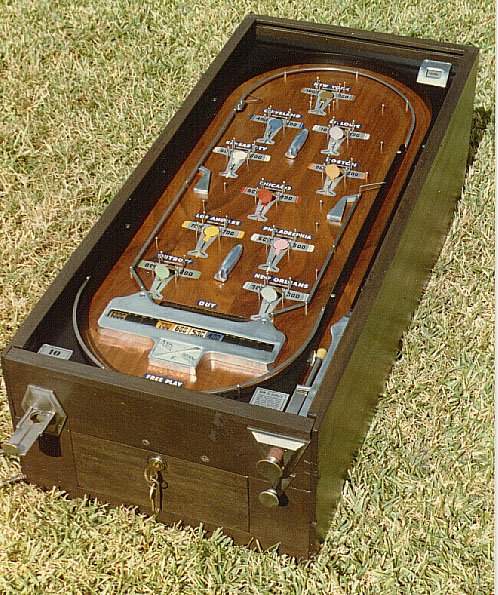
Electromechanical pinball machines
Electromechanical pinball machines (abbreviation: EM pinball machines) make up the majority of pinball machines produced to date. The main era of these machines was between the end of the Second World War and the end of the 1970s. The machine is electrified, which allows the appearance of elements that we consider today inseparable from pinball, for example:
- Flippers, which appeared for the first time in 1947 on the Humpty Dumpty pinball
- Mobile bumpers that appeared in 1948
- Slingshots (triangle-shaped rubber bands often found just above the flippers), which were first introduced on Chicago Coin’s Super Hockey pinball machine
- Switches, drop targets and so on…
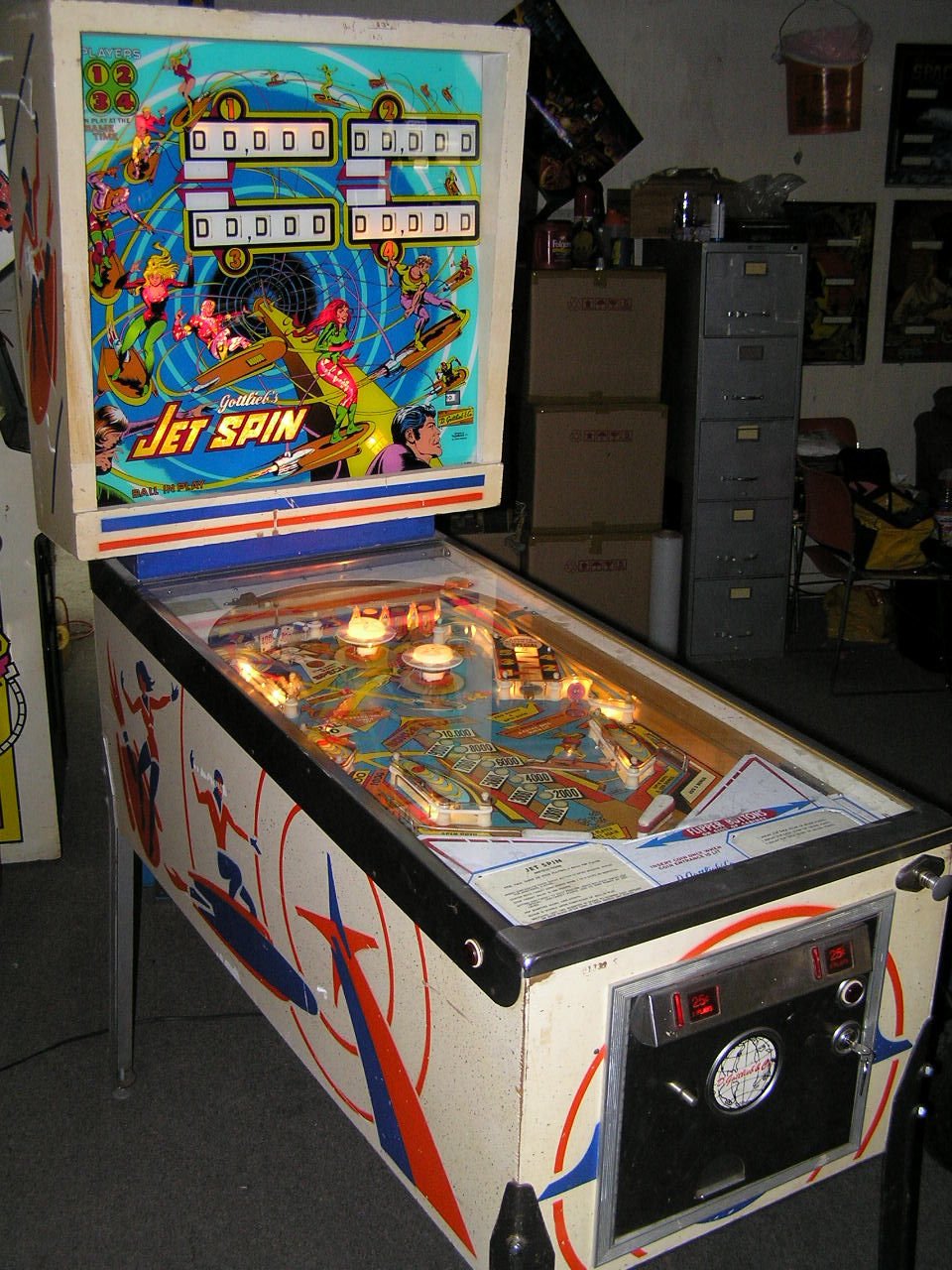
The score is then displayed on reels. It increments according to the actions you take. There is no computer element yet, so the counting rules are simple. But with a little ingenuity, the designers already knew how to apply a bonus on a score for example, or to validate the execution of some simple action combinations like knocking down all the targets.
The Solid State pinballs
Here is an abstruse expression. In computer science, a “solid state device” defines a device whose components are fixed. For example, until recently, hard drives burned data onto a disk, which resulted in the movement of a read/write head. But with SSD hard drives (literally Solid State Device), all the backup components are fixed.
In the small world of pinball, the appearance of solid state pinballs means “the transition between relay pinball and transistor pinball” (according to our expert Romain). In other words, all the pinballs described in the next chapter are solid state. The electromechanical ones are not.
The change from EM to SS machines (thus from contactors to transitors) allows to put more powerful beaters and thus to increase the speed of the ball and the slope (3 degrees on the EM game according to the factory parameters against 6,5 for the SS tables). This change is made gradually over the years, it is not a sudden break. The difference between the first SS pinballs and the last EM ones is not obvious on this point.
Nevertheless, Solid State pinball machines are generally faster and more peachy than their predecessors.
Numeric pinball machines
At the end of the 70s, the first digital pinball machines appears. The reels are replaced by digital displays. But as the name suggests, it’s all about numbers. To imagine what this means, think of the solar calculators we use today to perform simple calculations. They have 7 “segments”, i.e. 7 small bars to form a digit.
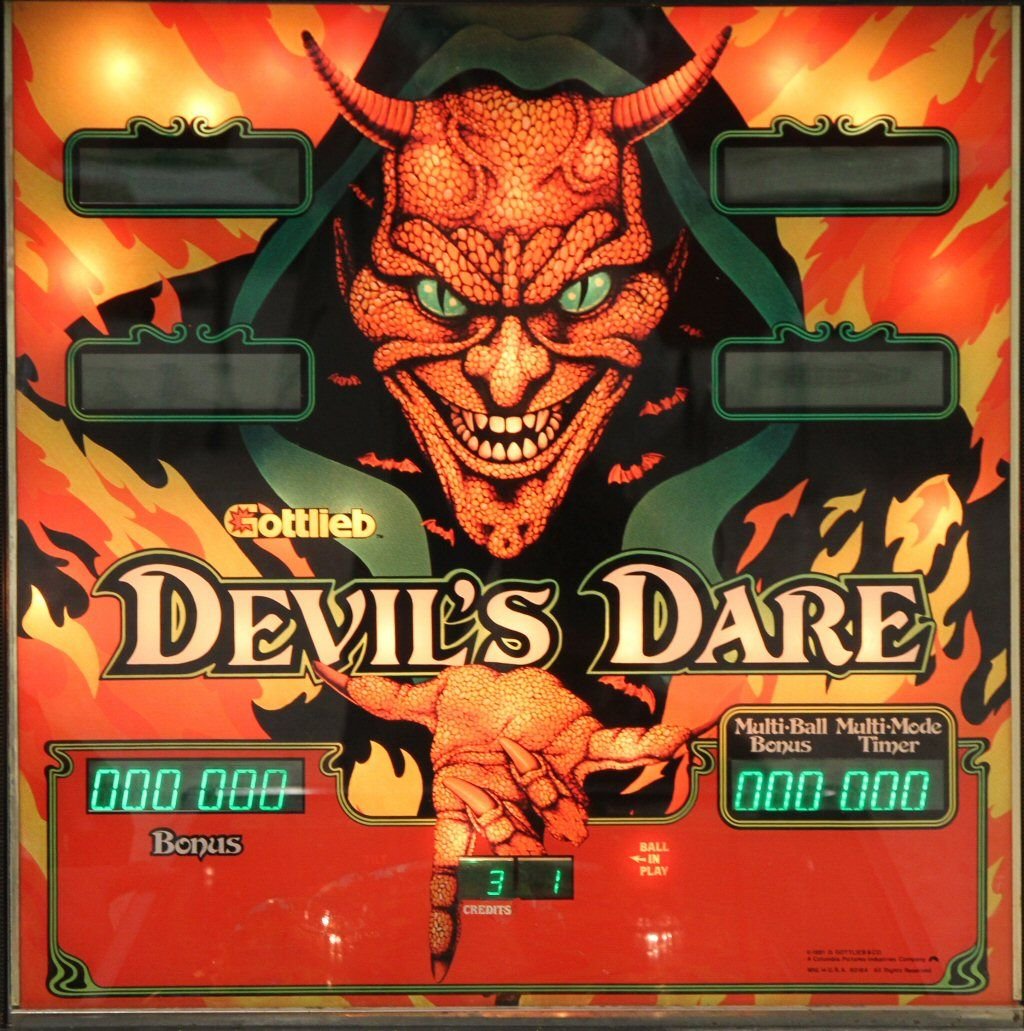
The rules for counting the scores are becoming more complex because some computer science is involved, but these machines are still very far from today’s standards.
Alphanumeric pins
The era of numeric pinball machines is very short. In the middle of the 80s, they are replaced by alphanumeric pinball machines. From a distance, the screens look very similar, but in reality the revolution is underway.
These screens display both numbers and letters. The machine can finally communicate with the player. This means that the game mechanics can be enriched. This is the advent of mission pinball!
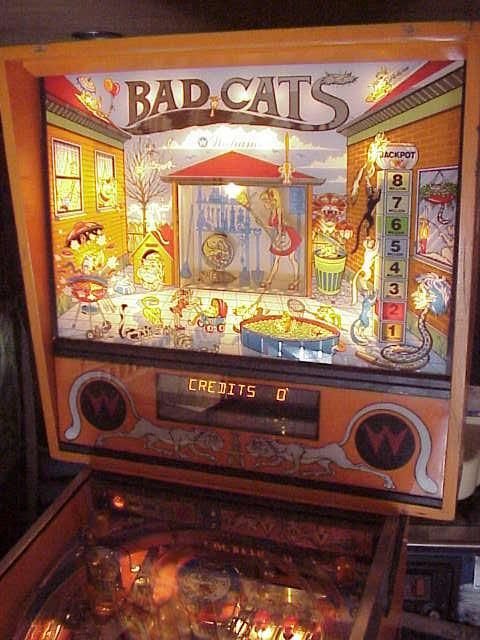
What do we mean by “missions”? The fact that you have to succeed in different actions depending on the scenario that is launched, but also condition the appearance of certain sequences to the fact of having completed several challenges beforehand.
You may see me coming: the alphanumeric pinball machine makes possible the Wizard Modes, those final missions that, in a way, indicate that you have achieved almost everything there was to do on the pinball machine, even if you didn’t enter the High Scores, by the way.
Pinball then takes on the feel of an adventure game, with a beginning and an end. In fact, the game doesn’t end if you’ve passed Wizard Mode, but this is the spirit.
Pinballs with DMD
The first DMD pinballs appeared in the early 90s and are what everyone agrees is the golden age of our favorite machines.
DMD is the acronym for Dot Matrix Display. These are screens that display a multitude of small dots, often orange. Most of the time, the resolution of the time is 128 pixels wide by 32 pixels high. The sum of these pixels, by switching on and off, renders an animation.
The DMD screen provides a contextual visual display that can be very pleasing if the expert in charge of the animation is good. But it also extends the experience with what has almost become a must-have: the video mode.
The video mode is a mini video game present on the DMD. You interact with the two buttons that also operate the flippers.
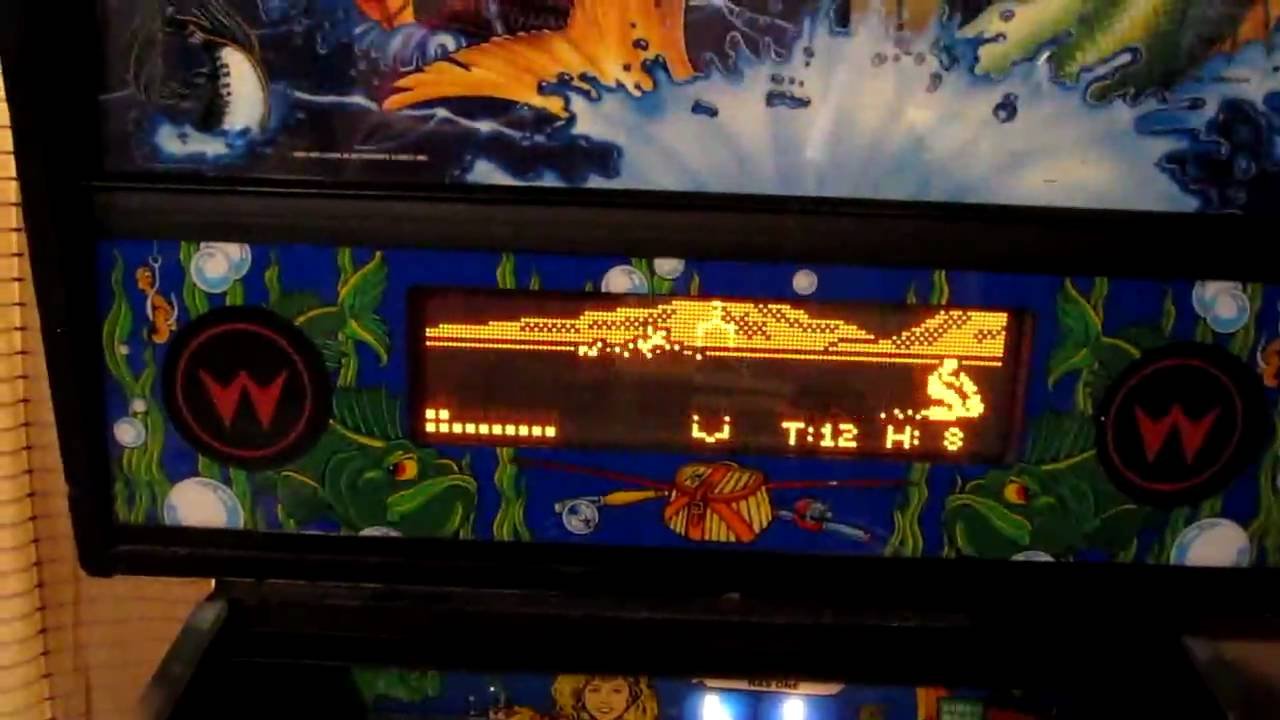
LCD pinball machines
The DMD has had a long life, and it wasn’t until Jersey Jack Pinball came along with its Wizard of Oz table in 2013 that it was dethroned.
JJP includes an LCD screen in place of the sacrosanct DMD, and it sees things in a big way: the screen occupies a good half of the front panel, where the previous generation still left a lot of room to the backglass.

Stern Pinball, challenged for the first time in 10 years, follows suit but keeps its personal touch. Indeed, its screens are only slightly larger than the DMD.
This innovation allows to better pay tribute to the licenses that form the bulk of pinball themes since the 2000s. Movie sequences are yours!
This evolution also implies the need for a new profession in the design teams: the 3D animators, who will have to stage the scores, the intermediate animations between two film passages.
The Virtual Pinballs
If you search for “numeric pinball” on Google, the search result actually shows you… Vpins. And the difference between the machines of the 80’s and the virtual pinballs is huge. This vagueness in the terms used maintains the confusion, for sure.

The Vpin is a hybrid between a real pinball machine and a computer. The playfield is replaced by an LCD screen, which allows hundreds of tables to be played on the same machine. The physics are reproduced in an increasingly realistic way to simulate the nudge (the action of moving the pinball to deflect the ball) or the dosage of the ball launcher. The sound is also the object of all the attention in order to reproduce the noise of the bumpers, of the ball rolling on both sides of the board…
But no need to add more, we have an article dedicated to virtual pinball.
Going into detail: more advanced pinball terms
Now that we’ve given you a general overview, we can mention a few terms that are often found in a forum post or in a datasheet. It is not our intention to be exhaustive here, but rather to share a few references.
System XX
We often hear barbaric names including the word “system” followed by a number. These names refer to the types of electronic boards used in different generations of machines. The generic term MPU, Main Processor Unit, is used for this type of electronic component.
For example, the Gottlieb System 3 is the latest generation of Gottlieb boards. This one covered some of their machines with alphanumeric display and DMD.
System 11 pinball machines
But even more often heard of are the System 11’s. These cards were used from 1986 to 1990, from the High Speed pinball machine to the Dr. Dude pinball machine, at the biggest manufacturer of the time: Williams.
But what are they? The electronic system on board the Williams alphanumeric pinballs of the time. For the record, at that time Bally and Williams were two different companies.
So here it is, the “System 11” is the electronic part used during a sub-period of the alphanumeric era, on the Williams pinballs only. Don’t put words in my mouth: not all alphanumerics are System 11s, for example, late alphanumeric pinball machines like the FunHouse game do not use this technology.
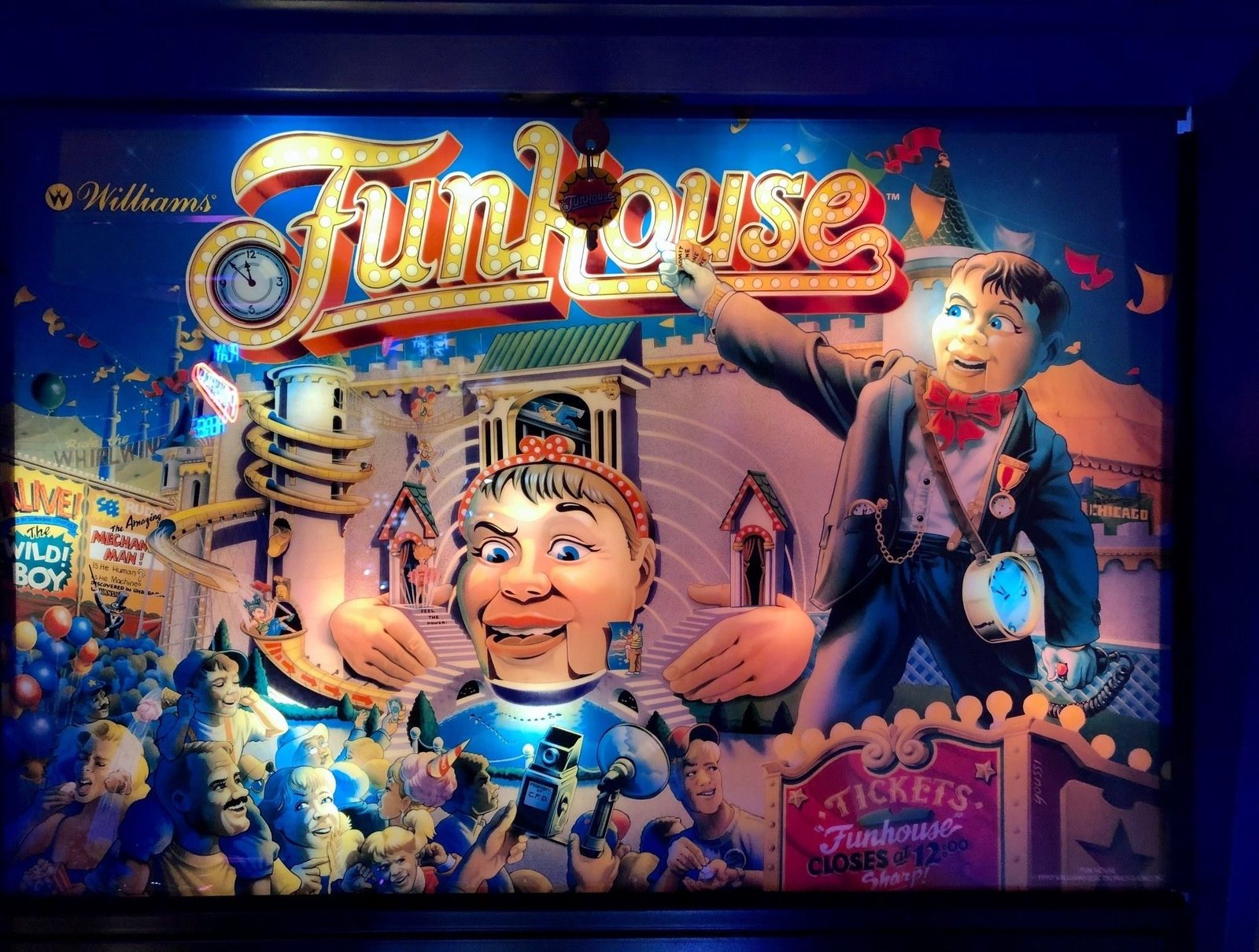
WPC : Williams Pinball Controller
Ah, here is another term that leaves the newbie confused!
WPC stands for ‘Williams Pinball Controller’. This is the integrated circuit designed by Williams and used from 1990 to 1999.
1990 marks the end of alphanumeric pinball. As mentioned above, some late alphanumeric pinballs used WPC instead of System 11.
There are many sub-versions of this electronic system, the best known being WPC 95. But remember that WPCs were used in the DMD Bally/Williams pinball machines of the golden age of the 1990s.
1999 marks the end of Bally/Williams’ pinball activity, so WPC is out!

The Spike 1 and 2
“Compatible with Spike 1 and 2 pinball machines”: have you ever come across this phrase?
The Spike system is the electronic card system used by Stern Pinball. Version 1 started to be implemented in 2015 on the Wrestlemania pinball machine until 2018 on the Supreme custom pinball machine.
[By the way: “Custom” means that it is a pinball machine ordered by a third party brand from Stern, and that it reuses the tray of another. In this case the Supreme game is reusing the playfield from Marvel’s Spiderman Pro edition].
Spike 2 systems have been the norm at Stern since Batman 66 in 2016. What does the second version bring compared to the first? The Spike 2 supports color LCD screens. In addition, they allow the addition of a topper (an optional decorative element placed above the back panel). The connection allows it to react with the game. Here is an example with the Black Knight Sword of Rage topper.
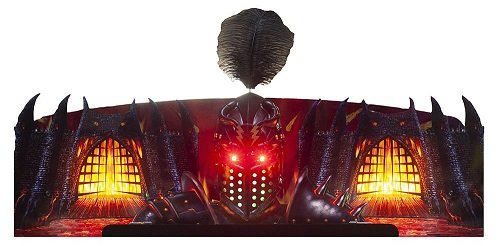
You know everything about pinball… Or almost
By mastering this lexicon, you’ll be considered a connoisseur, unless you run into someone more advanced than you. In any case, we’ll have given you the basics to dive right into the world of pinball!
